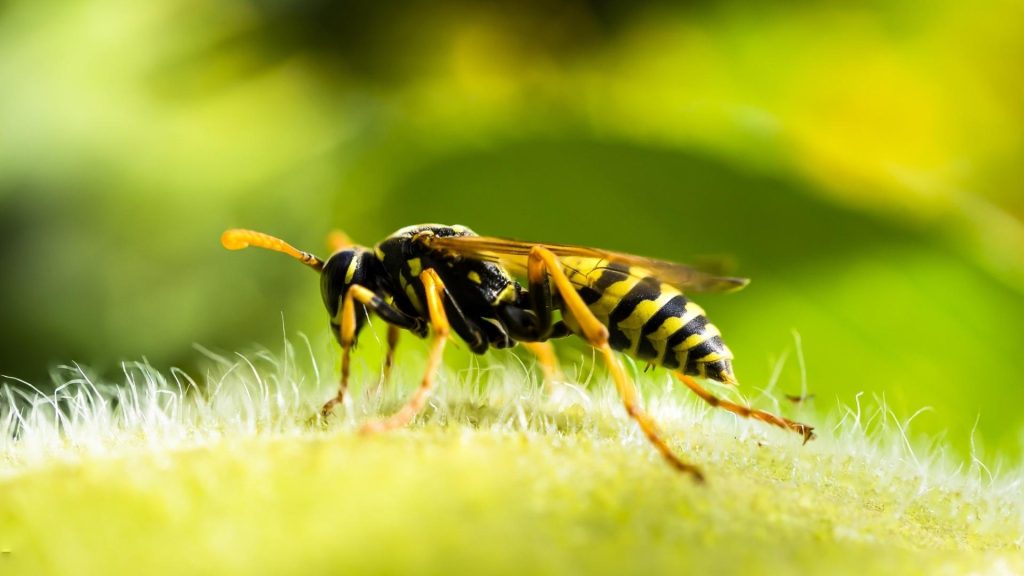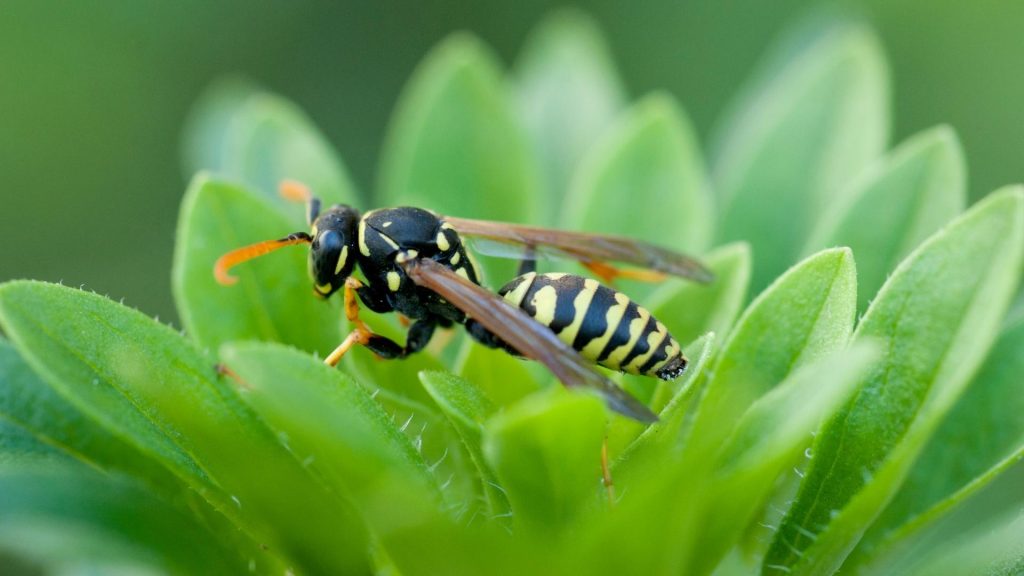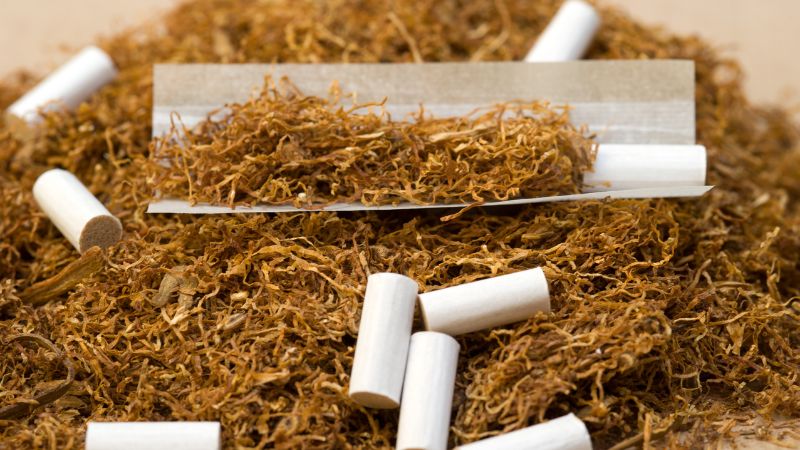Wasp stings are usually more painful compared to bee stings. This is because both insects inject venom when they sting and the effects on the skin are somehow similar. They even cause redness, swelling, and may even have serious effects to people who are allergic.
So, what to do with a wasp sting? If only a single wasp stung you, the effect is usually mild, and the wound can easily be treated. You can simply wash it with soap and water to disinfect it. If the sting has caused swelling, applying some ice can heal it. However, people with sting allergies should contact a doctor immediately.
To learn more about wasp stings, why and how they do so, how to treat them, and what are effective home remedies you can do, simply read further this article!
Why Do Wasps Sting?

In general, wasps don’t attack people for no reason. Solitary wasps, specifically, are not aggressive and rarely sting humans. Instead, solitary wasps such as cicada killers use their sting to hunt for prey. Therefore, this group of wasps is not dangerous to humans.
On the other hand, social wasps such as paper wasps and yellowjackets sting to defend their colony. They sting humans if they feel threatened, and they usually attack in huge numbers. Nonetheless, only female wasps sting because male wasps lack stingers and are therefore not dangerous at all.
Related: Do Wasps Attack at Night? | Important Facts!
How Do Wasps Sting?

Wasps sting by injecting their stinger into the skin and releasing venom in the surrounding tissue, resulting in pain and swelling. Male wasps don’t sting because they don’t have an egg-laying organ while female wasp’s stinging apparatus is smooth, barbless, and consists of a sac of venom.
Can Wasps Sting More Than Once?
Wasps can sting more than once. They can sting people several times without hurting themselves. This is because, unlike bees that have barbed stingers and leave their stingers on skins, wasps don’t leave their stingers behind. This makes wasp stings far more dangerous than bee stings.
What Does a Wasp Sting Looks Like?

A wasp sting looks like a small puncture wound on the skin. It may develop into a raised, swollen, red mark around the wound with a white mark on the middle. However, the severity of the sting varies. For some people who are allergic to a wasp sting, the swelling may extend up to the entire arm.
For multiple wasp stings, the redness and swelling of the skin may be worse, and the pain lasts for several hours. However, people who are allergic to wasp stings may experience what is being dubbed as “large local reactions.” Here, the effect of the sting may be severe, and the wound may last for 2-3 days.
Do Wasps Die After They Sting You?

No. As mentioned earlier, they don’t lose their stingers as honey bees do. Once a wasp stings you, it will inject venom on your skin and will pull its stingers out afterward. Social wasps attack people in multitudes, which is why people are more afraid of them than of solitary wasps.
Is a Wasp Sting Worse Than a Bee Sting?
The answer depends on the kind of bee. Just like wasps, bumblebees and carpenter bees have a smooth stinger. Therefore, these two bee species also sting multiple times without dying and are as bad as wasps. However, their stings are usually less painful than wasp stings.
On the other hand, honey bees only sting once because they die after they sting. However, a single honey bee sting can have 50 micrograms of venom. This amount is significantly higher than the 2 to 15 micrograms of venom from a single wasp sting. Therefore, one honey bee sting is worse than one wasp sting.
But again, wasps can sting many times, just like carpenter bees and bumblebees. To inject the same amount that a single honey bee can inject, a single wasp only needs to sting at least three times. Therefore, wasp stings are worse than honey bee stings, even if both insect species sting at the same number.
How to Remove a Wasp Stinger?
Wasps remove their stinger on the skin because it has no barb. Therefore, there is no wasp stinger to be removed while honey bees leave their stinger. But in case a wasp stings you and left its stinger behind, you can do the same stinger removal process for bee stings.
To remove a wasp stinger, follow the steps below:
- Step 1: Use your fingernail, the back of the knife, a piece of gauze, or any straight-edged object to remove the stinger. Don’t ever use tweezers to remove a stinger. This tool can squeeze the stinger, and the amount of venom on your skin is very likely to increase.
- Step 2: Wash the sting site thoroughly with soap and water.
- Step 3: To reduce swelling, wrap some small ice cubes in a clean cloth and place the cloth on the wound. For better results, do this every 10 minutes.
- Step 4: If necessary, cover the wound with a bandage.
- Step 5: Closely monitor the status of the wound. If there are signs or symptoms of allergy such as dizziness and difficulty in breathing, go to a doctor immediately.
How to Reduce Swelling From Wasp Sting?
To reduce swelling and itchiness due to wasp stings, you may also take some over-the-counter (OTC) anti-inflammatory medications like Ibuprofen. Antihistamine creams such as chlorpheniramine and diphenhydramine can also help in reducing skin swelling. Make sure to follow directions carefully.
How to Treat a Wasp Sting?
Different people may have different reactions to wasp stings. In most cases, people stung by wasps easily recover. A single wasp sting on your arm usually doesn’t cause alarm. If you have been stung by a wasp in your mouth, nose, or throat, you should immediately seek medical attention.
In rare cases, allergic reactions to wasp stings may result in anaphylaxis. Here, your body goes into shock shortly after a wasp stings you. The symptoms include a sudden drop in blood pressure, vomiting, and diarrhea. To treat anaphylaxis, you will need help from a doctor.
But typically, the initial wasp sting is likely to cause minor discomfort only and can easily be treated at home. After removing the stinger and washing the wound, you can also take some medications to soothe the infected skin or if skin irritation has become bothersome.
Below are some of the home treatments you can try:
1. Essential Oils
Most essential oils have antiseptic, antibacterial, or antifungal properties. Some essential oil solutions have been used to treat skin problems since centuries ago. Nevertheless, there are only little scientific studies proving their efficacy. Also, some of them may cause skin irritation or allergic reactions.
2. Apple Cider Vinegar
The acid in apple cider vinegar is known to be useful in neutralizing the alkalinity of wasp venom. It also helps in reducing the swelling of infected skin. To apply apple cider vinegar on wasp stings, soak a small cotton ball on it. With slight pressure, place it on top of the sting area for a few minutes or until an hour.
3. Meat Tenderizer
Meat tenderizers are acidic and come in powder, paste, or liquid. Regardless of the form, they can also help in neutralizing the wasp venom and reduce the swelling in the sting area. Mix it with equal parts of water and apply it to infected skin for about 30 minutes, depending on the severity of the sting.
Related: Stung by a Large European Hornet? | Information and Control Guide
How to Use Tobacco on a Wasp Sting?

Believe it or not, cigarette tobacco can treat a wasp sting (and bee sting) and can help reduce the pain in just a few minutes. This is because tobacco juice is easily absorbed through the skin. Therefore, inflammation is reduced quickly.
Here are the simple steps on how to treat a wasp sting with tobacco:
- Step 1: Remove the tobacco from the cigarette.
- Step 2: Slightly wet a small amount of tobacco. Squeeze the tobacco a bit to make it juicy.
- Step 3: Compress the wet tobacco on the sting area. You can hold the tobacco for a few seconds.
- Step 4: Cover the infected area for a few minutes. If the wasp sting is not severe, the pain and redness will be gone.
Note: Tobacco is more effective in treating bee stings than in wasp stings. This is because nicotine is strongly alkaline that can neutralize the acidic bee venom. On the other hand, wasp stings are mostly alkaline in nature.
What Is the Best Home Remedy for Wasp Sting?
Most of the treatments for wasp stings mentioned above have no scientific studies to prove that they are indeed effective. Some of them may also cause harm if applied in huge quantities. But so far, the best home remedy for wasp stings is soap and water. The wound should be cleaned immediately.
Related: Powerful Homemade Wasp and Bee Sprays (with Recipes)
List of Sources
American College of Allergy, Asthma & Immunology. (2018). Insect Sting Allergies.
Hahn, J., Jesse, L., Liesch, P. (2020). Wasps and bees.
Mussen, E. C. (2011). Bee and Wasp Stings. University of California Agriculture & Natural Resources.
- Bed Bug Surge 2025: How to Detect, Prevent, and Safely Eliminate Infestations in Top U.S. Cities - June 18, 2025
- Asian Needle Ants Invade US Homes: 2025 Guide to Identification, Risks, and Effective Control - June 11, 2025
- New World Screwworm Alert: How US Livestock Owners Can Prevent Outbreaks and Protect Herds [Summer 2025 Update] - June 8, 2025
